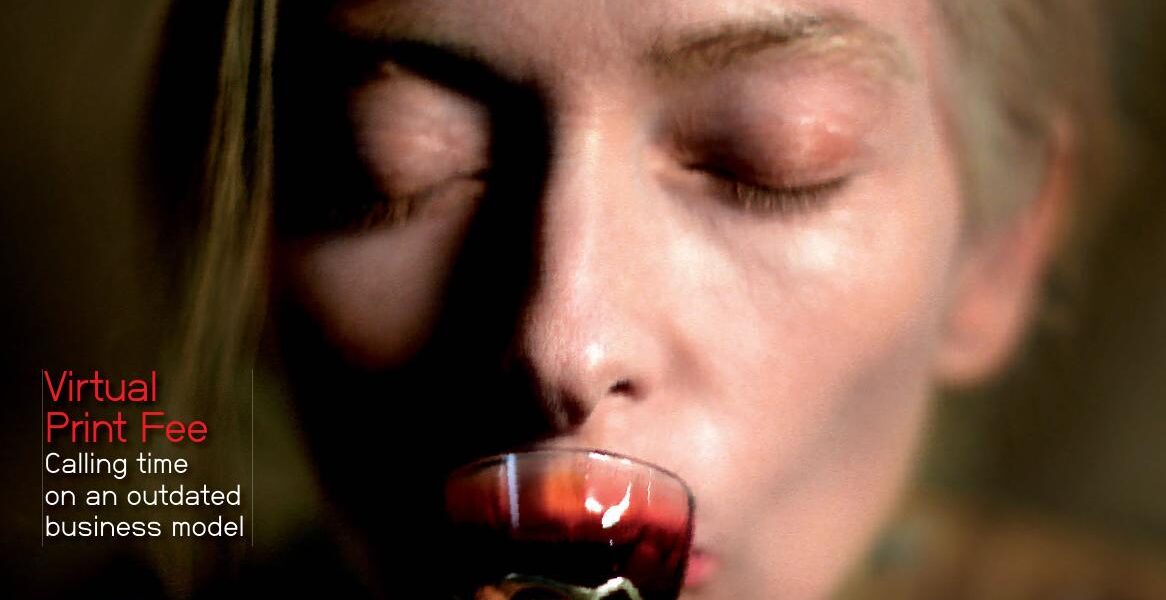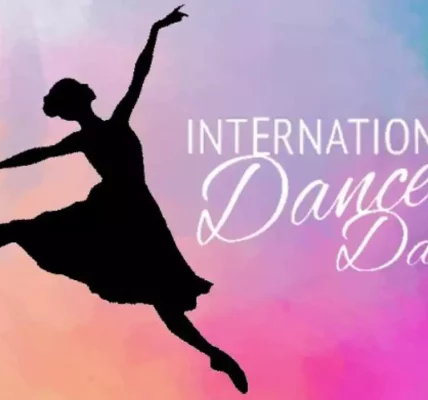No Cinema Required
With thousands of DVDs released each year, we investigate why some films bypass the cinema altogether and whether the existing business model can survive in the face of the digital revolution.
It was to be a revolution in the film industry. It would empower the consumer, allowing them to watch films on their own terms. It was to be a win for the little man against the corporate fat cats, the end of the big multiplexes dictating the terms of engagement. Independent filmmakers no longer had to rely—cap in hand—on the small windows of cinema exhibition; they could control how their film was watched. The industry was to be democratised. The year was 1975, and home video had arrived.
The VHS, and then in the late nineties the DVD, brought the cinema into the living room, to be watched at leisure. What we understood to be the box office broke up, and distribution became about feeding a series of ancillary markets; some films would be given a broad cinema release and a rush of publicity, then a traditional 16-week window would preface the launch of a VHS (or DVD) and then, eventually, a TV spot. But some distribution companies bucked the trend entirely by skipping a cinema release and directly targeting the stay-at-home audience. It became a tradition that carved itself a deep, sheltered niche in the industry; indeed, many distribution companies today see the majority of their returns coming from DVD sales.
There are several reasons why a film is sent straight to DVD, as a source from BBC Worldwide explains: “Firstly a studio makes a film that is deemed unworthy of the cost of advertising and screen prints to put it in cinemas. It may be successful in one territory, like the US for example, but doesn’t translate to an international audience.
Every once in a while, with films like Brick or Paranormal Activity, it pays off, but most of these tiny shoestring independents are lucky to get a DVD release at all.
“A studio can also decide to make a sequel that exploits the cache of an existing brand,” our source continues. “American Pie is the obvious example. There are about nine American Pie films once you include all the spin-offs, and that’s not even including the original cast. There’s an acceptance the films won’t be good enough for a cinema release, but they are made in the hope that rental sales will be strong on the back of the original.
“DVD releases often come from the workings of small independent production companies that make films in the hope of the Holy Grail, that someone like Miramax or Lionsgate will pick it up after a successful festival screening. Every once in a while, with films like Brick or Paranormal Activity, it pays off, but most of these tiny shoestring independents are lucky to get a DVD release at all.”
That last point is key. The straight-to-DVD market holds a stigma because it’s the place where so many films slink away to die a lonesome death. Yet some films do slowly build an audience through word of mouth, and thrive. Away from the glare of the mainstream, the DVD market has become a refuge for the tawdry and the schlocky, the high-minded and polemical, the violent and depraved, the impostors and the cheats, the hostile, the abstract and the downright weird.
Given that stigma, it’s easy to forget how much money is involved in this part of the industry. Indeed, for people like the venerable 50 Cent, whose production company Cheetah Vision Films makes three to five films a year, the straight-to-DVD venture is an extremely lucrative exercise. Here’s what he said to a radio presenter in Tampa Bay at the suggestion his films weren’t good enough for the cinema: “They’ll spend $120m on making a film and then a whole bunch of money promoting it a year before it actually comes out, and the money they get back in theatres is just the money they spent. And then it goes straight to DVD and everything is profit there. Some of the movies I’ve done recently, I was financing, and I’ve already seen a 60 per cent return on what I’ve [been] involved with. They don’t understand; they’re looking at it and going, well, it went straight to DVD, and they don’t realise I’m going to get another $800,000 off each one of these projects.”
And it doesn’t stop there. Further up the industry, films like Fight Club, The Hurt Locker, Lock Stock and Two Smoking Barrels, The Boondock Saints and even The Shawshank Redemption reinvented the wheel on their DVD releases after small and poorly handled cinema runs.
The best practitioner of home entertainment over the years has without doubt been Disney. After the extraordinary success of the Aladdin sequel Return of Jafar in 1994, it’s now par for the course for Disney to release straight-to-DVD sequels of their flagship franchises. In 2010, the company sent four movies straight to DVD: Tinker Bell and the Great Fairy Rescue and The Search for Santa Paws made a combined $78m, while two Barbie spin-offs made a staggering $31m.
But what does this mean in the current digital age, when anyone can make a film for a fraction of the traditional budget? Will this proud tradition of straight to video/DVD continue to exist in a marketplace that is almost at saturation point, and where distribution is having to contend with rampant piracy and consumers ever more willing to interact exclusively online?
…about 3,000 micro-budget horror movies are made every year in America, and only about once every couple of years will one of them make it big
It’s now become de rigueurto the point of cliché to talk about VoD, online streaming and downloads, which have all become central to distribution, marketing, publicity and journalism. If last year’s Christmas shopping trends are anything to go by—iPads, digital consoles, Bluetooth TVs—2012 is the year that the Internet and the cinema will finally and inextricably fuse.
The DVD sales and rental market is being soaked up by the big streaming companies—iTunes, a newly Internet-based LoveFilm and Netflix—with Vimeo and YouTube Movies coming up behind. There’s an almighty rush for both exhibitors and distribution companies—who might traditionally release 10 to 15 straight-to-DVD films a year—to team up with these media streaming companies. LoveFilm, recently bought out by Amazon, have recently announced a partnership with Sony Pictures Television, giving it exclusive rights to films in the second pay TV window. BBC Worldwide have partnered with Netflix, while iTunes are intently providing for most independent distributors.
That has made for a brutal climate in which the chance of making a success out of a straight-to-DVD release is evaporating. As an executive at Miramax tells movieScope: “Twenty years ago, before the age of computers and digital cameras, directors were forced to shoot on film, and as a result there were much fewer DVD releases. These days, there are so many movies being released straight to DVD that distributors don’t have the time to sift through and find those diamonds in the rough. Even the films with a recognisable name and a great look and story face an uphill battle to create a buzz and generate any kind of significant sales, let alone the guys trying to make it out of nothing.
“To put that in perspective, about 3,000 micro-budget horror movies are made every year in America, and only about once every couple of years will one of them make it big,” our Miramax source continues. “Statistically, the odds of finding that Holy Grail [after] making a no-budget movie can be considered about 1 in 15,000.”
The straight-to-DVD market can also be tough for distributors, as Oli Harbottle, head of distribution for Dogwoof, explains: “It’s very hard to generate much in the way of editorials when we release films just through DVD or another ancillary platform, and that’s probably due to the sheer quantity of films coming through in the industry these days. A lot of bigger companies throw 10 or 15 films against a wall and hope that one sticks, but we just don’t have the budget to do that and we wouldn’t want to do it anyway.
“I think we’ll probably still see static DVD markets for another three to five years,” Harbottle continues. “I think people will always buy DVDs, because you’re always going to find people who want to collect them as physical items. That sense of ownership, I think, is particularly important to older audiences. And you’ve also got the rise of things like Blu-ray or DVDs with packaged-up extras that make these things collectable. People are willing to pay a premium for that. But digital markets are the big consideration now, and it’s a very competitive market. What we found over the last few years is there have been lots of online platforms springing up, each pitching their unique selling proposition, but very few of them were offering any significant technological advance. Even if they were offering an advance, the revenue streams were poor. The money coming in was paltry. The people that have survived are the big players—iTunes, LoveFilm and Netflix. With those three, the consumer can get pretty much any film they want. All the smaller platforms are being pushed to the margins.”
But while the battle rages for the Internet, some filmmakers and distributors are finding the audience to be more traditional than the industry maybe expects them to be, and are still willing to place their faith in the traditional avenues. Chris Holden, founder of the cult and classical DVD release company Second Sight, says: “I believe DTV [direct to video] has a more important role to play in today’s market than ever before. The stigma once associated with a release that bypasses theatrical is not as it used to be. There have been incredible sales figures for many strong DTV genre films, particularly horror, war and the modern sword-and-sandal epics, and I can see this continuing. The right title with the right packaging can fly if it gets on the supermarket shelves. I don’t think the demise of DVD is here yet as the physical product still has that impulse appeal, particularly at supermarket level, which is not quite the same in the digital world.”
David Bond is an independent British filmmaker and one half of production company Green Lions. For his first film, Erasing David, he used a limited, tightly controlled cinema release and worked every avenue to try and maximise press exposure and publicity. He then quickly made the film available on both DVD and online.
“You like to think that everyone’s watching everything online, but they’re just not,” Bond says. “There’s something about the credibility of a DVD; you can go into shops or go on Amazon and it’s there, and people are talking about it in a way that they probably won’t if a film is just released online. In simple terms, the fact that you’ve been arsed to get out there and go through all the effort is a signal that you’re serious. With the purely online film which is standing alone and breaking all the rules, it still raises questions in people’s minds. You think maybe the filmmaker just couldn’t be bothered. It’s almost depressing, because you find yourself returning to the old models, but we’ve come less far than we think we have.
“Do I go hunting on the web for films that didn’t make it in the cinema, but maybe get a DVD release and are online [and] might be a hidden little gem?” Bond continues. “No, I don’t, because I trust elements of the system. You want a film to go through a certain baptism of fire. A cinema release and a proper DVD [release] are proving grounds. I know that sounds archaic maybe, but I still think it matters.”
The Erasing David model is reasonably typical. Although cinema runs rarely make a profit for the filmmakers, they pay their money back through creating that elusive thing called ‘buzz’ which sustains itself through the ancillary markets. In some ways, the rise of the Internet, and the saturation that has caused, has led to more emphasis on conventional publicity avenues.
“Theatrical runs are often loss leaders for low-budget films, so you are looking to recoup as much as possible from the DVD release,” explains Chris Atkins, the director of Taking Liberties and Starsuckers. “These days, often films will go out in cinemas one week and then be in the shops the week after. With Starsuckers we did the TV screening [and] online and DVD release at the same time and that worked pretty well. It’s very tough to do just DVD as you are unlikely to get reviews and other press. People look down on straight-to-DVD releases, so distributors will often have a very small cinema run just to put the film in the bracket of a proper movie for critics and the press to take seriously.”
In 2011, Nick and Marc Francis released their film When China Met Africa straight to DVD and online. Specialising in ‘digital architecture’ through their independent production and distribution company Speakit, the Francis brothers have orientated their careers around new screening platforms, but yet still put out DVDs rather than throwing their lot in with the net.
As Nick Francis explains: “From a consumer front, the DVD is still a critical way of people getting hold of the film, particularly when a cinema release is not going to access areas where there’s a waiting audience. If people want to organise a screening of one of our films, it’s still a critical platform. That’s particularly the case internationally. People from around the world are still buying our films every day through our website, so there’s still an appetite there for DVDs.
“But the days when there was an exclusive DVD window are over,” Francis continues. “There’s a ‘now’ culture which is developing very quickly and it’s become all about capturing attention. When people read about films, they want to be able to access it there and then. If you’ve captured their attention for that moment by reading about it, they want to be able to click through and access it whilst they’re engaged in the story or the issue around our film. You can genuinely see a spike in downloads and traffic every time there’s an article on the film. It’s on their agenda for that moment, and it’s such a crowded marketplace that it’s really important to give the opportunity to people to consume films at any point they choose.”
So will he continue to put all his films out on DVD? “We’ve got one more DVD release left in us,” says Frost. “By that time, the era of physical media will be over.” •
Taken from movieScope magazine, Issue 26 (Jan/Feb 2012)










